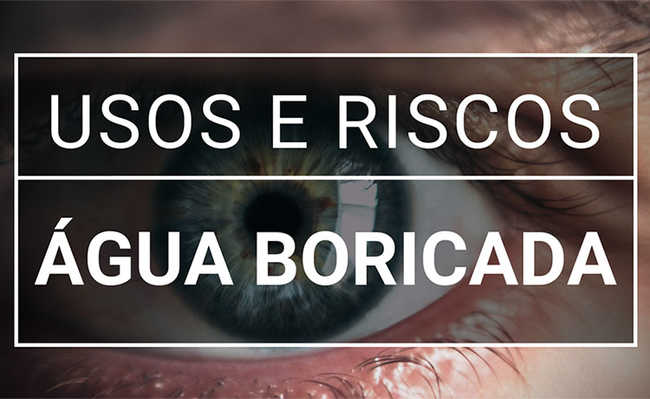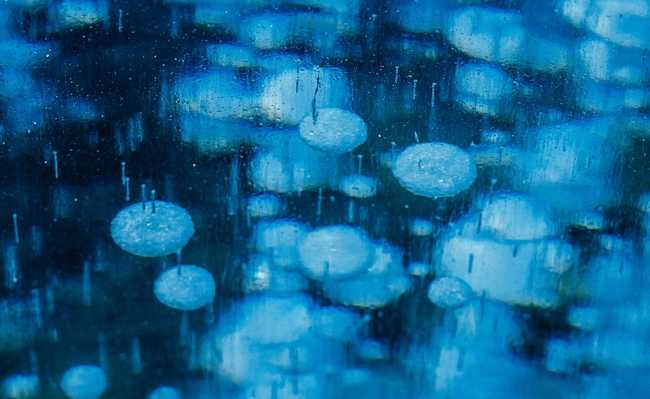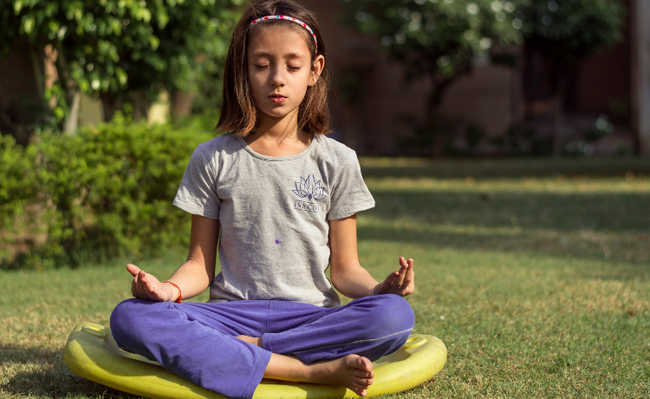11 nominations for films about the environment
Discover sustainability films that will make you rethink your role in the environment and the impact of your actions

Films about the environment, despite (in general) having the premise of portraying "reality", are still films, that is, they are audiovisual constructions that show concepts from certain points of view. Even so, they may have the power to sensitize the viewer while reporting directly or indirectly. THE
strength of the image and the combination with good direction can make people realize the dimension of issues that do not appear so much in everyday life. Sometimes, articles from websites and newspapers do not show, for example, the effects of actions that are not friendly to the environment in a sensory way, but after listening and watching the impacting set of sounds and images of a movie, it is difficult not to feel more involved. with the cause.
If you are interested in changing your posture, a good start is to have contact with this universe of good productions that can also be informative. There are great documentaries and films about the environment and sustainability and here you can check a list with some of them.
Before the full list, check out the channel's video eCycle portal on YouTube with 5 documentaries on the environment:
Films about the environment
Now see some more movie nominations about the environment and sustainability:
The Salt of the Earth (2014)
The documentary, directed by German Wim Wenders and Brazilian Juliano Salgado, portrays the trajectory of renowned photojournalist Sebastião Salgado . The photographer has dedicated himself in his career to social and environmental issues. The documentary tells, through sensitive images captured by Salgado's eyes, a bit of human history and its impact on the planet. It also shows the exploratory facet of natural resources, the relationship of different civilizations with nature and war, in addition to the magnitude of nature.
The film shows images from the series Genesis, which are the result of an epic expedition rediscovering mountains, deserts and oceans, animals and peoples that remain seemingly untouched by the mark of modern society. In addition, the documentary tells about the history of Instituto Terra, de Salgado and his wife, which was created with the objective of recovering the original Atlantic Forest in the former cattle farm of his family. The dream and project exposed in the documentary express the thought that the destruction of nature can be reversed. the salt of the earth, despite being a documentary, it is a great indication for those who are looking for films about the environment.
Koyaanisqatsi (1982)
Anyone looking for sustainability films probably finds that environmental issues today make people's lives a little crazy. AND Koyaanisqatsi has a little to do with that idea. In the Hopi language, Koyaanisqatsi it means "crazy life, life in turmoil, life out of balance, life crumbling, a state of life that asks for another way of living." The documentary, directed by Godfrey Reggio and orchestrated by Philip Gass, exposes humanity's relationship with nature in a critical and questioning way. Through poetic language, he builds a dialogue about the impact of human beings on the environment, with slow-motion and time-lapse images, without the use of dialogue or narration. Koyaanisqatsi is the first movie of the trilogy Qatsi, all dedicated to the different aspects of the relationships between humans, nature and technology.
Home (2009)
Directed by journalist, photographer and environmentalist Yann Arthus-Bertrand, the film features monumental aerial images from different places on Earth. A hallmark of the film, which reflects its intention is: “Our ecosystem has no borders. Wherever we are, our actions will have repercussions”.
The narration inserts environmental issues that dialogue with the landscapes: the historical evolution of human beings, industrialization, agriculture, the discovery of oil, the extraction of minerals, the consumption habits created and especially the impacts that we are experiencing and will experience as a result of this. It's impossible not to reflect on sustainability after seeing home.
2012 - Time for Change (2010)
The production, directed by João Amorim, follows the American journalist Daniel Pinchbeck, author of bestseller "2012: The Return of Quetzalcoatl". It exposes environmental issues through a paradigm that blends the traditional wisdom of tribal cultures and the scientific method. The documentary has interviews with personalities such as Sting, David Lynch, Paul Stamets, Gilberto Gil, among others, and conveys the message that one of the main obstacles to changing the situation of nature's degradation is individual conscience.
To avoid a worldwide catastrophe, all people must be willing to make major changes in their daily habits and forgo certain comforts for the greater good. The documentary discusses meditation experiences, the importance of sustainable constructions, the counterculture movement and sustainability alternatives for everyday life.
Virunga (2014)
The documentary, directed by Orlando von Einsiedel and produced by Leonardo Di Caprio, shows in an emotional way the courage and effort of men committed to environmental conservation. They are a small group of rangers who protect Virunga, the oldest national park in Africa, in the Democratic Republic of Congo. The park's forests are home to the last 800 mountain gorillas on the planet, large mineral deposits and enormous biodiversity. Willing to sacrifice their lives for Virunga, the guards face constant onslaughts from paramilitaries, hunters and miners.
Mission Blue (2014)
Directed by Robert Nixon and Fisher Stevens, Mission Blue resembles the salt of the earth, for also telling the biography of a great personality in search of a greater goal - which is environmental awareness. It shows the biography of renowned marine biologist Sylvia Earle and at the same time makes important denunciations about the condition of the oceans. The advances in the impacts of human actions on the oceans and their importance for the planet's balance are the focuses that guide sustainability issues.
Chasing Ice (2012)
Much is said about global warming, but few people are really aware of the effects that are already affecting our planet. If you are one of those people who are not convinced by the tables, graphs and numbers available on the subject, watch the documentary Chasing Ice, directed by Jeff Orlowski. The film shows photographer James Balog's Arctic expedition.
Award-winning photographer received the challenge of publication National Geographic to portray the effects of climate change on the planet. For this, he developed the project “Extreme Ice Survey” (Radical Ice Research): positioned tough cameras in hazardous locations to produce images of the melt for a few years. With the effect of time-lapse it is possible to observe the drastic changes in the glaciers.
They killed Sister Dorothy (2007)
The documentary, directed by Daniel Junge, shows the challenge of being an environmental activist in the Amazon. For this, the death of the North American missionary Dorothy Mae Stang and the issues surrounding the trial of the crime are counted. She lived in Pará to help put into practice the Sustainable Development Project (PDS) and fought against deforestation in the Amazon. An issue that is clear in the documentary is the indifference to the daily reality of the Amazon region: the bloody struggle for land while the native forest is destroyed to give rise to pasture for cattle. Anyone who watches "Mataram Irmã Dorothy" doesn't stop thinking about the relationship between meat consumption and sustainability.
Cowspiracy (2014)
Still in the category of films that talk about meat consumption and sustainability. The film was born in the mind of filmmaker Kip Andersen after he came across official data from the UN that informed that animal agriculture has higher gas emissions than the entire transport sector (cars, trucks, trains, ships and planes). Furthermore, he was intrigued by the fact that large environmental NGOs ignored the number one cause of the planet's destruction. If you are concerned about gas emissions, deforestation and water consumption, you should be prepared for the alarming data on environmental degradation resulting from the agricultural industry denounced in the documentary.
Trashed - Where Does Our Trash Goes ((2012)
"Trashed - Where Does Our Trash Go", directed by Candida Brady and with actor Jeremy Irons in the cast, addresses not only the issue of garbage itself, but also the destination of waste. The film is divided into three parts: evaluation, solution (wrong) and making a more correct decision. Covering the entire northern hemisphere, Irons shows how different governments address the issue of garbage, in addition to exposing curiosities and some in-depth content on ecology.
In Transition 2.0 (2012)
"In Transition 2.0" depicts the movement Transition, which proposes small-scale responses from communities in the areas of food, transport, energy, education, garbage, arts, etc. The production shows stories of ordinary people who have done extraordinary things around the world. Examples are communities that print their own money, grow their food, transform their economies into places, and create power plants for the community.










